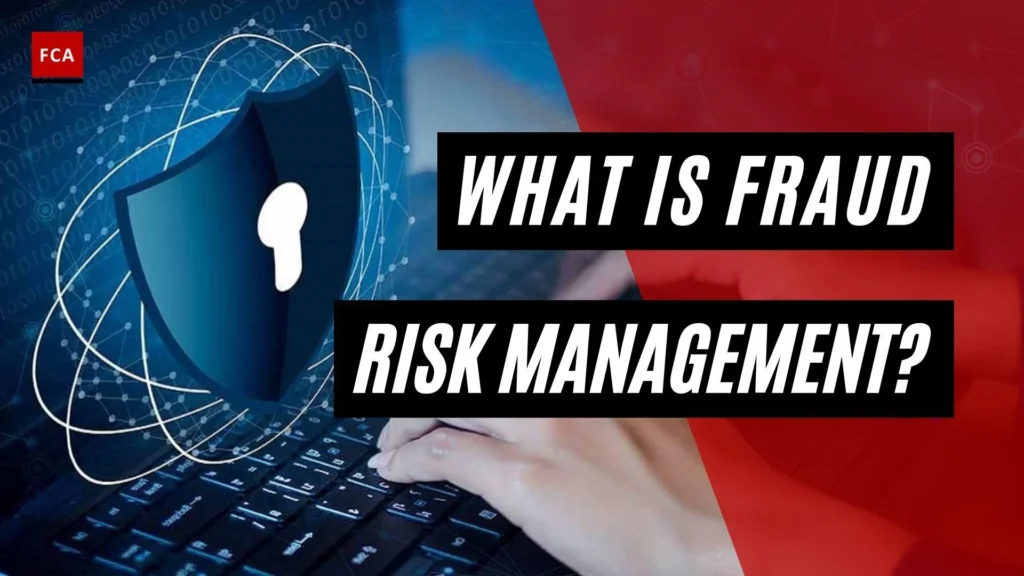In the digital age, technology has become an integral part of our daily lives, transforming the way we communicate, conduct business, and manage our personal affairs.
The rapid pace of technological advancements has ushered in a new era of convenience and efficiency, but it has also introduced new vulnerabilities that cybercriminals have been quick to exploit.Strong Technology ) Fraud Risk
One of the most significant technological advancements in recent years has been the widespread adoption of cloud computing and the increasing reliance on cloud-based services.
While the cloud has revolutionized the way we store and access data,
it has also created new opportunities for fraudsters to target vulnerable systems and steal sensitive information.
Another area of concern is the proliferation of mobile devices and the growing reliance on mobile applications for various transactions and services.
As more people rely on their smartphones and tablets to manage their finances, make purchases, and access sensitive information, the risk of mobile fraud has also increased.
The rise of artificial intelligence (AI) and machine learning (ML) has also introduced new challenges in the fight against fraud. While these technologies have been leveraged to enhance the detection and prevention of fraudulent activities, they have also been exploited by cybercriminals to automate and scale their attacks.
The Impact of Strong Technology on Fraud Risk
The integration of strong technology into various aspects of our lives has had a significant impact on the landscape of fraud risk. Here are some key ways in which technological advancements have influenced the fraud landscape:
- Increased Sophistication of Fraudulent Schemes:
- Cybercriminals have become more adept at leveraging advanced technologies to develop sophisticated and complex fraud schemes.
- They have learned to exploit vulnerabilities in software, hardware,
and network systems to gain unauthorized access to sensitive data and financial accounts. - The use of AI and ML has enabled fraudsters to create more convincing phishing scams, impersonation attempts,Strong Technology ) Fraud Risk
and other forms of social engineering attacks.
- Faster Proliferation of Fraud:
- The speed and scale at which technology can be deployed and accessed have allowed fraudsters to quickly disseminate their schemes and reach a wider pool of potential victims.
- Social media platforms, digital communication channels, and online marketplaces have become breeding grounds for the rapid spread of fraudulent activities.
- Cybercriminals can quickly adapt their tactics and launch new attacks in response to changes in technology and consumer behavior.
- Increased Complexity in Fraud Detection and Prevention:
- The same technologies that have enabled fraudsters to become more sophisticated have also made it more challenging for businesses and law enforcement agencies to detect and prevent fraud.
- The sheer volume of digital transactions and the complexity of modern systems have made it difficult to effectively monitor and identify suspicious activities.
- Fraudsters have become adept at exploiting the limitations of traditional fraud detection methods, requiring the development of more advanced and adaptive solutions.
- Blurring of Physical and Digital Boundaries:
- The convergence of the physical and digital worlds, facilitated by the Internet of Things (IoT) and smart devices,
has created new avenues for fraud. - Cybercriminals can now target physical assets, such as smart homes or connected vehicles,
to gain access to sensitive information or disrupt critical systems. - The lines between physical and digital fraud have become increasingly blurred, requiring a more holistic approach to fraud risk management.
- The convergence of the physical and digital worlds, facilitated by the Internet of Things (IoT) and smart devices,
Combating Fraud in the Era of Strong Technology
As the threat of fraud continues to evolve alongside technological advancements,
businesses and individuals must adapt their strategies to effectively combat these challenges. Here are some key approaches to mitigate fraud risk in the era of strong technology:
- Enhancing Cybersecurity Measures:
- Implementing robust security protocols, such as multi-factor authentication,
encryption, and secure network configurations, to protect against unauthorized access and data breaches. - Regularly updating software, hardware, and security systems to address known vulnerabilities and stay ahead of emerging threats.
- Educating employees and customers on best practices for online safety and recognizing the signs of fraudulent activities.
- Implementing robust security protocols, such as multi-factor authentication,
- Leveraging Advanced Analytics and AI/ML-based Solutions:
- Adopting sophisticated fraud detection and prevention tools that utilize AI and ML to analyze vast amounts of data, identify patterns,
and flag suspicious activities in real-time. - Continuously refining and updating these systems to adapt to the evolving fraud landscape and improve their accuracy and responsiveness.
- Collaborating with industry partners and regulatory authorities to share information and develop collaborative solutions to combat fraud.
- Adopting sophisticated fraud detection and prevention tools that utilize AI and ML to analyze vast amounts of data, identify patterns,
- Enhancing Transparency and Accountability:
- Implementing robust identity verification and authentication mechanisms to ensure the legitimacy of transactions and activities.
- Increasing transparency in data handling and sharing practices to build trust and accountability with customers and stakeholders.
- Establishing clear policies and procedures for addressing and reporting fraud incidents, as well as addressing customer concerns and grievances.
- Fostering a Culture of Fraud Awareness and Resilience:
- Educating and empowering employees at all levels to be vigilant and proactive in identifying and reporting suspected fraudulent activities.
- Developing comprehensive training programs to equip employees with the knowledge and skills to recognize and mitigate fraud risks.
- Encouraging a culture of open communication, collaboration, and continuous improvement in fraud risk management practices.
Certainly! Here are more transition words and phrases that can help you elaborate on the topic of technology and fraud risk:
- As a result,
- Consequently,
- Therefore,
- Moreover,
- Additionally,
- Furthermore,
- Likewise,
- Similarly,
- In contrast,
- Conversely,
- However,
- On the other hand,
- Despite this,
- Nevertheless,
- In particular,
- Specifically,
- To illustrate,
- For example,
- In light of this,
- In addition,
- As such,
- Thus,
- Subsequently,
- To this end,
- Notably,
These transitions can help you present a comprehensive discussion on how technological advancements impact fraud risk, highlighting both the challenges and opportunities.
As cybercriminals become more sophisticated in their tactics,
businesses and individuals must remain vigilant and adapt their strategies to combat these evolving threats.
By enhancing cybersecurity measures, leveraging advanced analytics and AI/ML-based solutions, increasing transparency and accountability,
and fostering a culture of fraud awareness and resilience, organizations can better position themselves to navigate the complexities of the digital age and mitigate the growing risk of fraud.
As the pace of technological change continues to accelerate, it is crucial for all stakeholders –
including businesses, consumers, policymakers, and law enforcement agencies –
to work collaboratively to stay ahead of the curve and protect against the ever-evolving threat of fraud.
By doing so, we can unleash the full potential of technological advancements while safeguarding the integrity and security of our digital ecosystem.
The Role of Emerging Technologies in Fraud Enablement

While technological advancements have brought about many benefits, they have also given rise to new avenues for fraudulent activities. Some of the emerging technologies that have been increasingly exploited by cybercriminals include:
- Cryptocurrencies and Blockchain:
- The anonymity and decentralized nature of cryptocurrencies have made them attractive for money laundering and illicit financial transactions.
- Fraudsters have also leveraged Initial Coin Offerings (ICOs) and other cryptocurrency-related schemes to defraud unsuspecting investors.
- Internet of Things (IoT) and Connected Devices:
- The proliferation of smart devices and the increasing interconnectivity
of the physical and digital realms have created new vulnerabilities that can be exploited by fraudsters. - Cybercriminals can target IoT devices to gain access to sensitive data, disrupt critical systems, or facilitate other types of fraud.
- The proliferation of smart devices and the increasing interconnectivity
- Synthetic Identity Fraud:
- Fraudsters have been using advanced techniques to create fictitious identities by combining real and fabricated personal information.
- These synthetic identities can be used to open new accounts,
obtain loans, or commit other types of financial fraud without being easily detected.
- Deepfakes and Manipulated Media:
- The development of AI-powered tools that can create realistic-looking fake videos,
audio recordings, and images has enabled new forms of fraud. - Cybercriminals can use deepfakes to impersonate trusted individuals or organizations, tricking victims into revealing sensitive information or authorizing fraudulent transactions.
- The development of AI-powered tools that can create realistic-looking fake videos,

